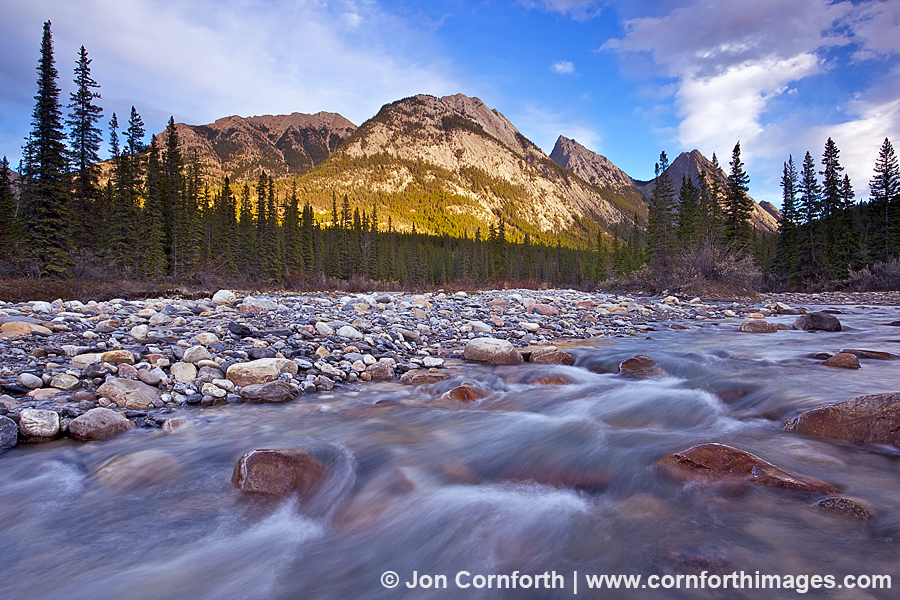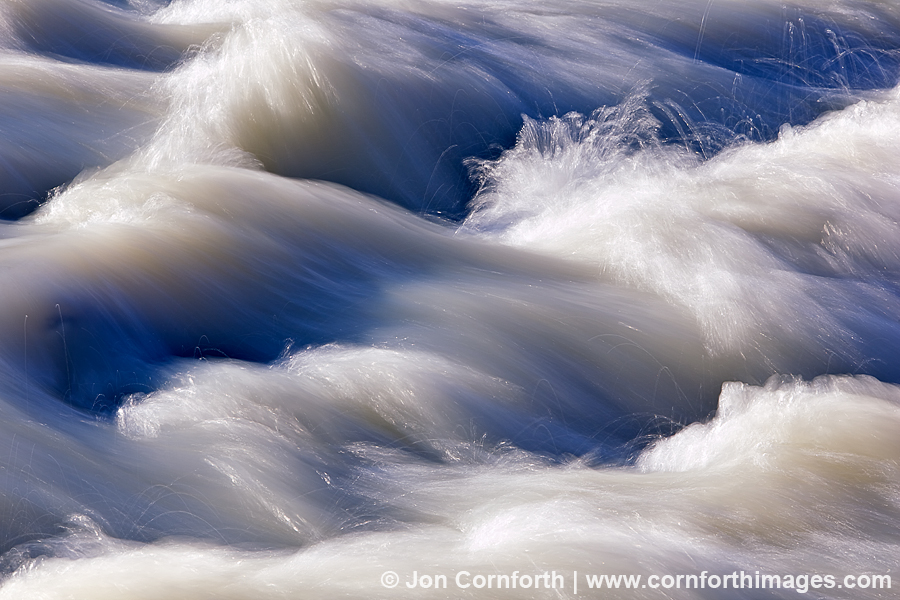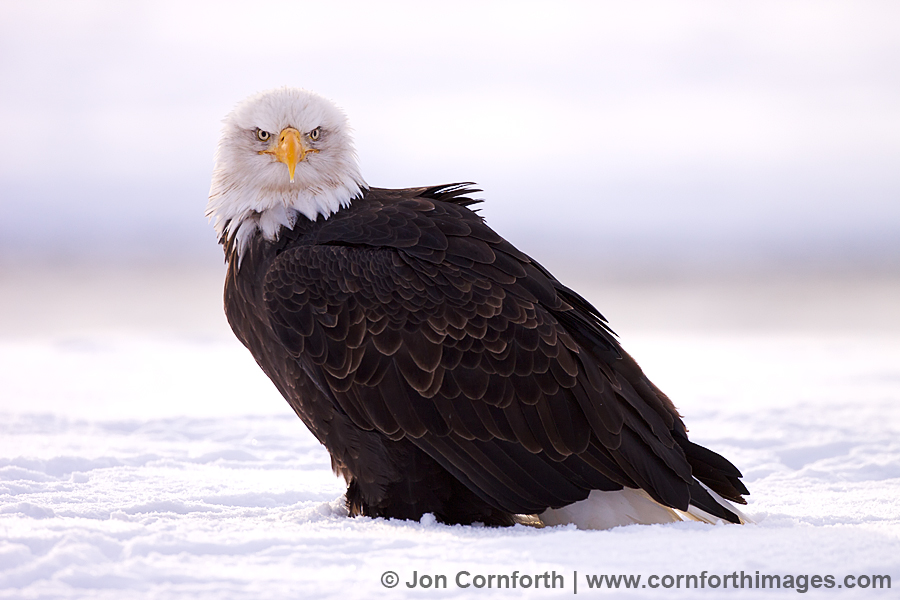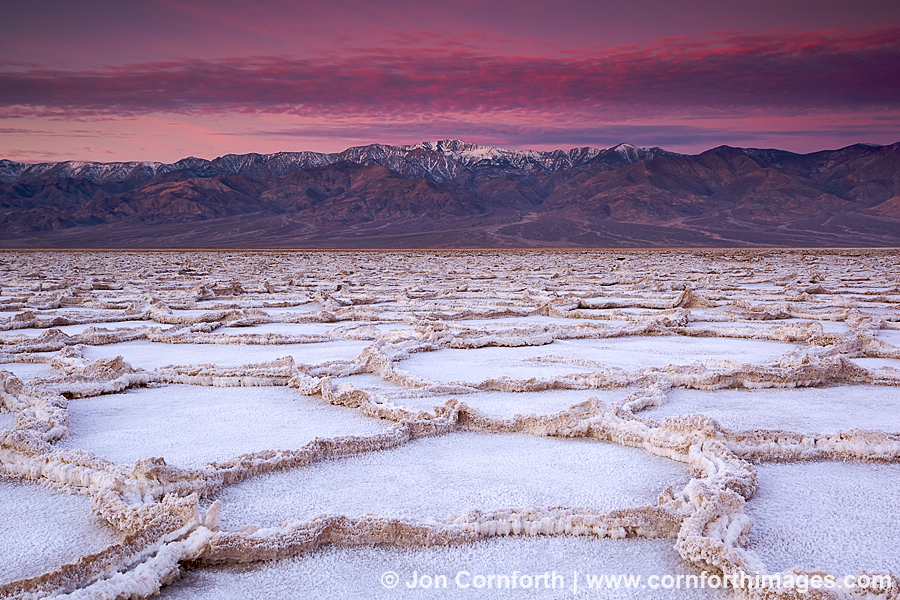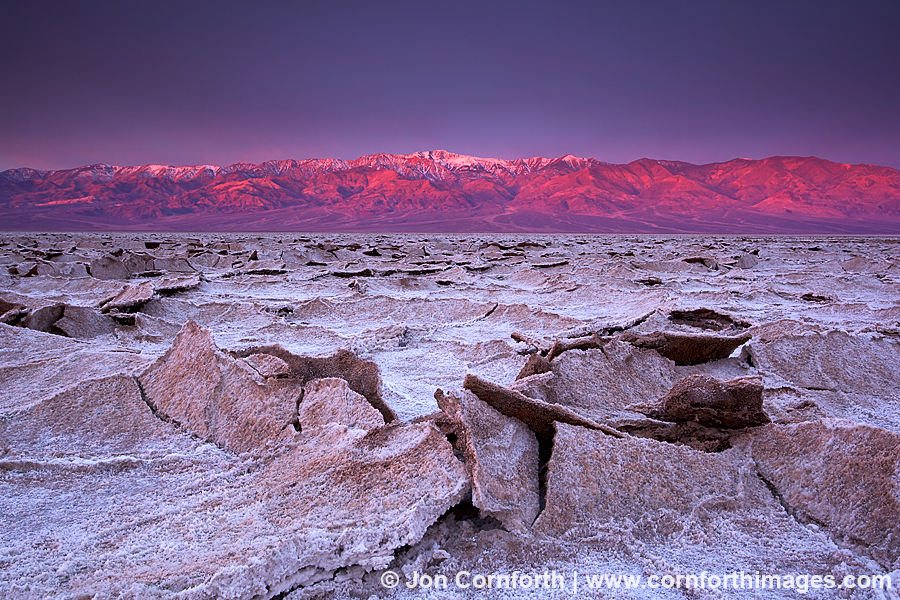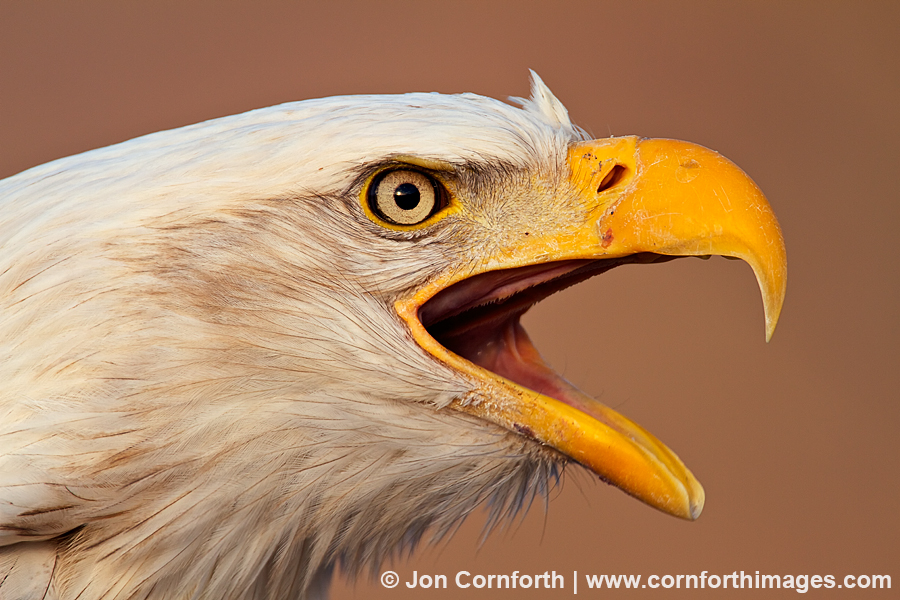
Chilkat Bald Eagle 200
Posted onI just got back from leading my 2010 Haines Bald Eagle Photography Tour. It was awesome, but Alaska always is. I had 4 clients signed up to join me, but at the last minute only 2 were able to attend. This was the first time that I worked with Paul & Kim and we had a great time together. Paul had never used a real camera prior to our trip and was skeptical about taking a photo tour, but I made him a believer in dSLRs as his photography skills improved each day. There were not as many eagles around this year, possibly due to the unusually warm fall weather, but we made the most of the opportunities we had. What was lacking in eagle numbers and activity was more than made up for by close-up portraits in beautiful golden light. To create this image, I used my Canon 7D with a 500mm f4 IS lens and 1.4X tele-converter. That is effectively an 1120mm lens! If you’ve never done it, I highly recommend micro-adjusting your camera bodies and lenses. I can not believe how sharp my images are after doing so, especially when using the tele-converter. I was able to get within 15 feet of this cooperative eagle for almost an hour. I placed my camera in a position so that the trees bathed in golden light behind the eagle rendered as this pleasing red bokeh. I like this image because of the eagle’s open beak when it briefly called out to another eagle flying by.

